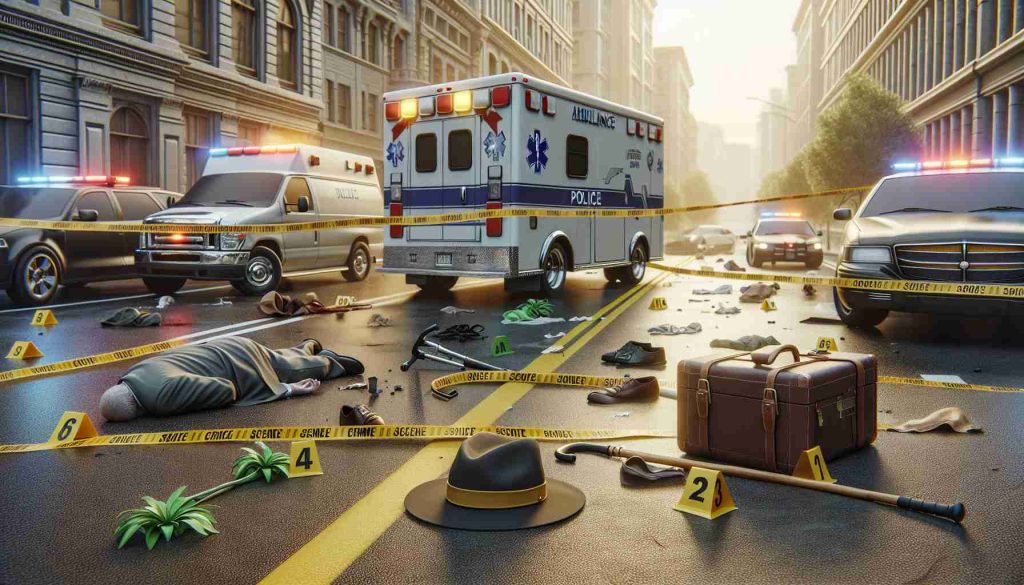
How Innovation and Emerging Markets are Boosting the Military Aircraft Ejection Seat Industry
The military aircraft ejection seat is central to modernizing aviation safety, driving technological advancements in the aerospace market. Ejection seat innovations include rapid canopy





















